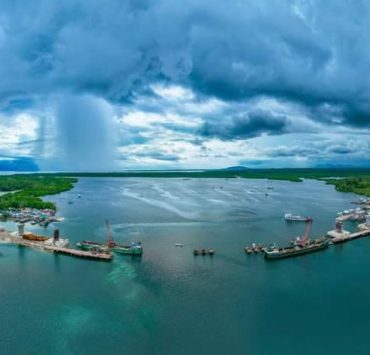‘Gaemi’ displaces nearly 300K in eastern China
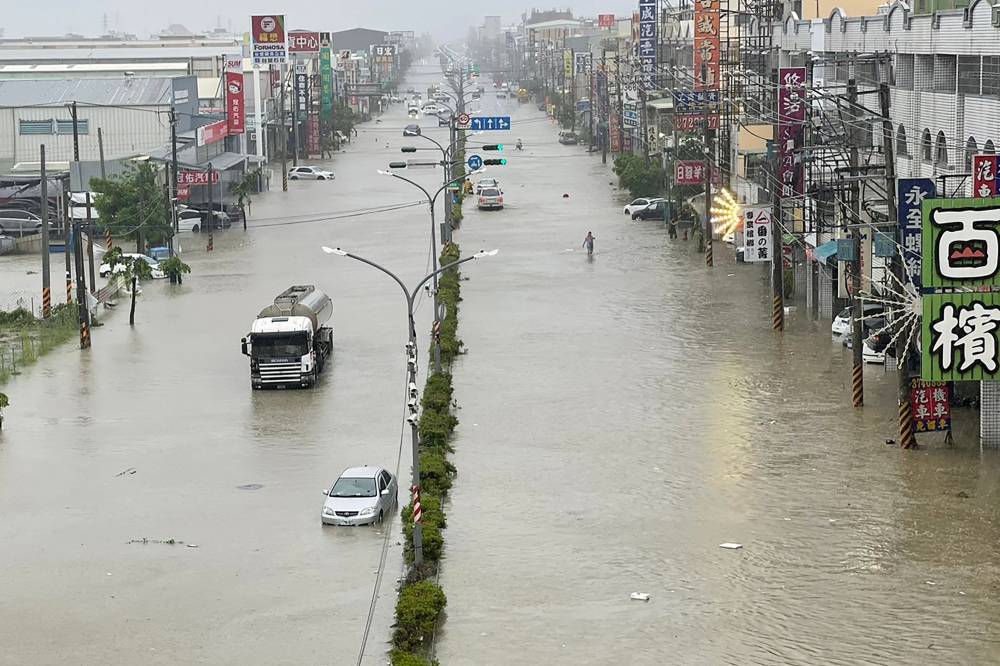
BEIJING—Authorities evacuated nearly 300,000 people and suspended public transport across eastern China on Friday, as Typhoon “Gaemi” brought torrential rains already responsible for five deaths in nearby Taiwan.
Gaemi was the strongest typhoon to hit Taiwan in eight years when it made landfall on Thursday, flooding parts of the island’s second-biggest city.
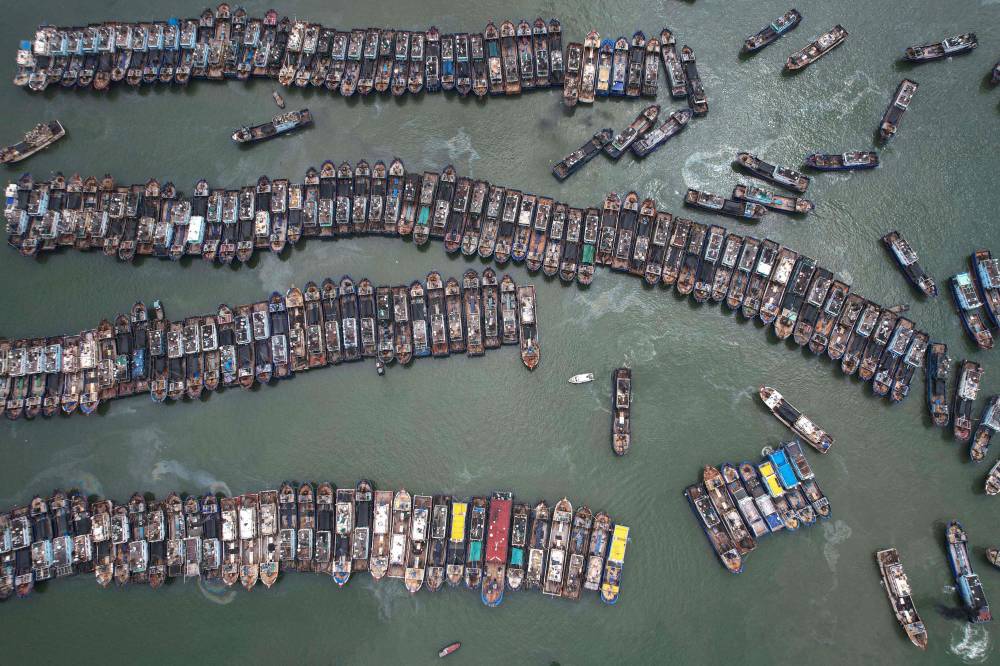
It also exacerbated seasonal rains in the Philippines on its path to Taiwan, triggering flooding and landslides that killed 20 people.
A tanker carrying 1.4 million liters of oil sank off Manila on Thursday, with authorities racing to contain a fuel spill.
It had weakened by the time it made landfall in China’s eastern Fujian province shortly before 8 p.m. local time (1200 GMT) on Thursday, state media said.
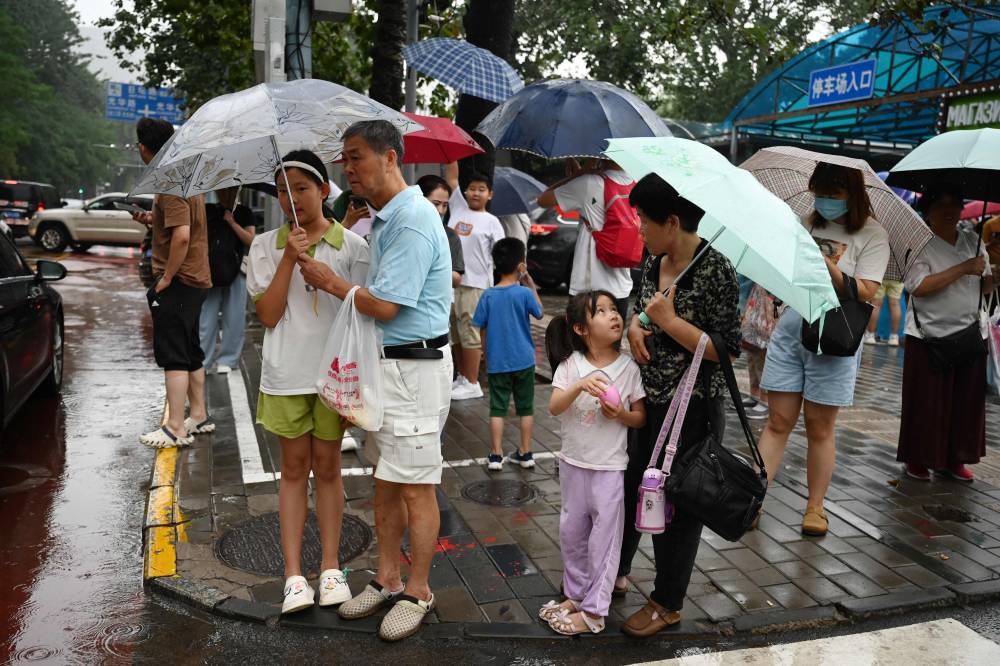
China is enduring a summer of extreme weather, with heavy rains across the east and south coming as much of the north has sweltered under successive heat waves.
The country is by far the world’s largest emitter of the greenhouse gases scientists say are driving climate change and making extreme weather more frequent and intense.
Chinese authorities warned Typhoon Gaemi was bringing with it torrential rains that could cause flooding.
Heavy rains
They have relocated more than 290,000 people in Fujian and shut down public transport, offices, schools and markets in some cities.
In neighboring Zhejiang province, footage aired by state broadcaster CCTV Friday showed streets turned into rivers, trees strewn over roads and bikes struggling through knee-high waters.
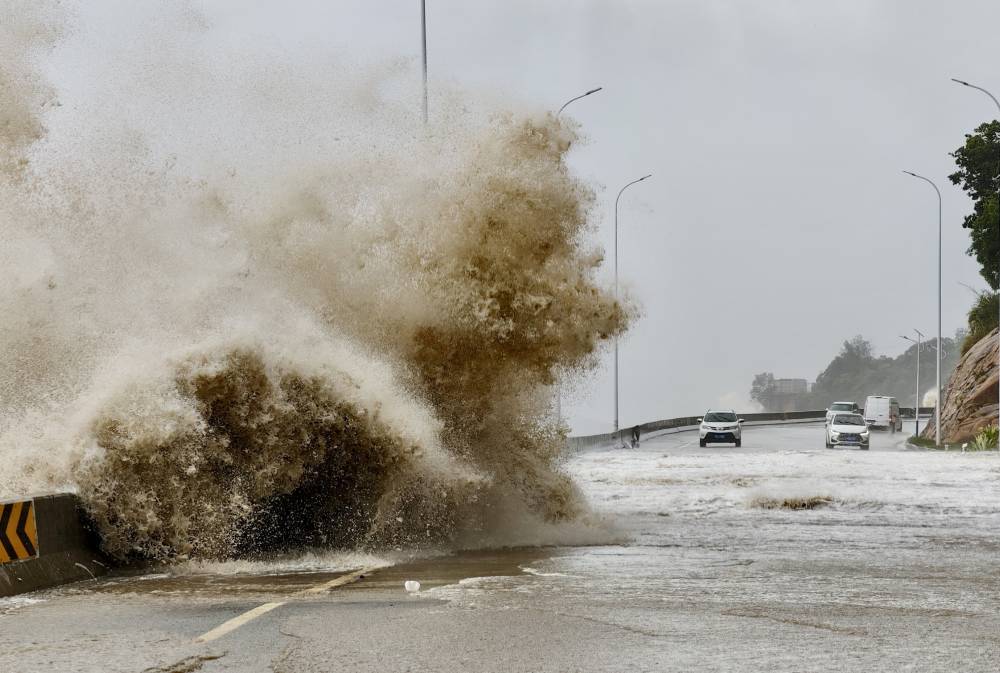
The province’s Wenzhou city—home to 9 million people—has issued its highest warning for rainstorms and evacuated nearly 7,000 people, CCTV said.
The typhoon will also bring heavy rainfall to central Jiangxi and Henan, state media said.
Guangdong, China’s most populous province, on Friday suspended some passenger train services ahead of the typhoon’s expected arrival, CCTV said.
AFP is one of the world's three major news agencies, and the only European one. Its mission is to provide rapid, comprehensive, impartial and verified coverage of the news and issues that shape our daily lives.














